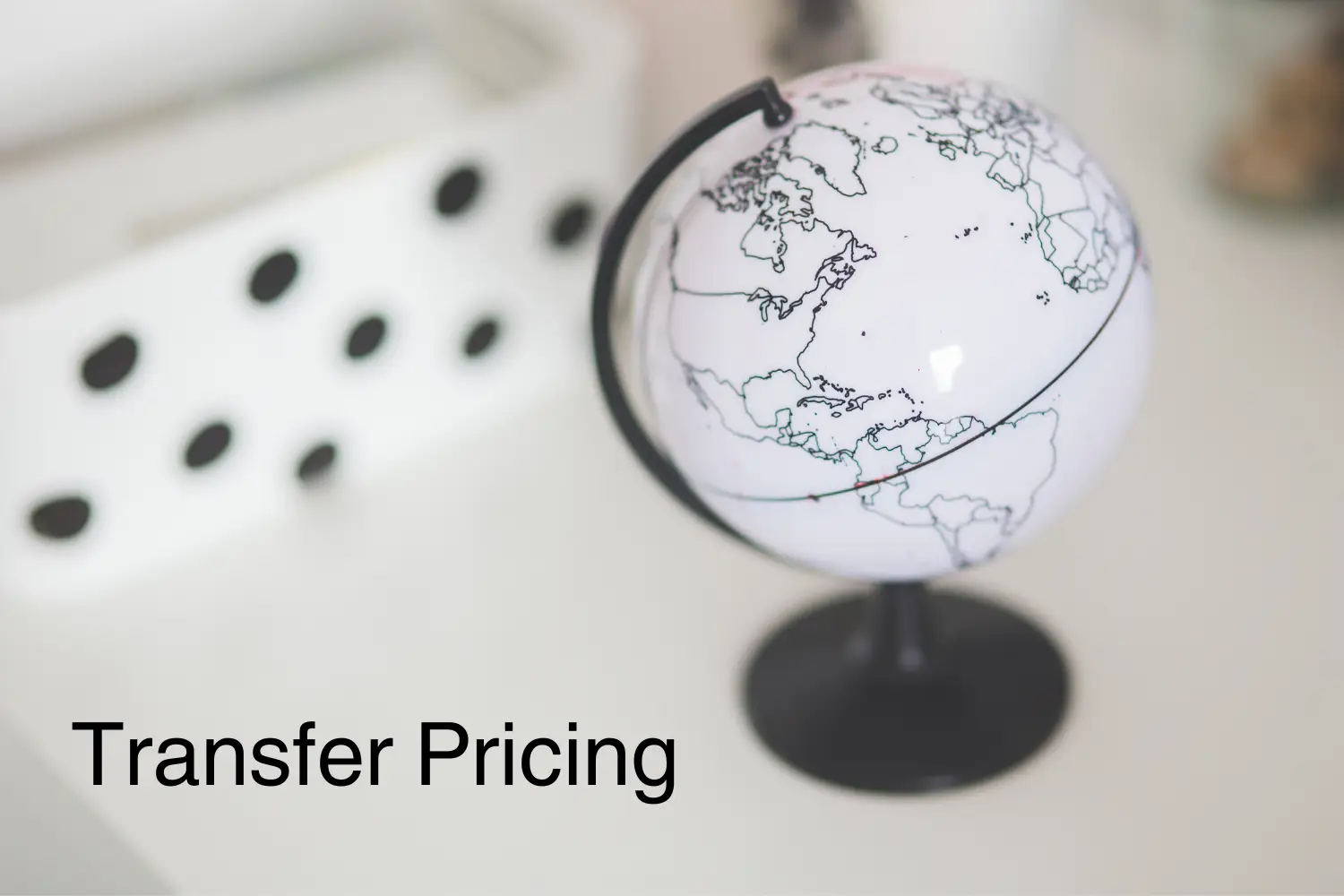
Transfer Pricing לסטארטאפים – מתי באמת חייבים דוח מחירי העברה?
Transfer Pricing לסטארטאפים – מתי באמת חייבים דוח מחירי העברה? סטארט-אפים ישראליים פועלים כמעט תמיד בזירה בינלאומית חברה אם בישראל, חברה בת בארה״ב או באירופה,

Transfer Pricing לסטארטאפים – מתי באמת חייבים דוח מחירי העברה? סטארט-אפים ישראליים פועלים כמעט תמיד בזירה בינלאומית חברה אם בישראל, חברה בת בארה״ב או באירופה,

שיטות רווחיות (Transactional Profit Methods) במחירי העברה מחירי העברה (Transfer Pricing) הם מחירים הנקבעים לעסקאות בין צדדים קשורים, בדרך כלל בין ישויות שונות בתוך תאגיד

Reverse Vesting מנגנון ה-Reverse Vesting הפך למגנון נפוץ בשנים האחרונים, כאשר מטרתו הינה טיפול בשני ארועים עיקריים: 1. עזיבת מייסד את החברה בשלב מוקדם, כאשר

מע"מ אירופאי עקרונות המע"מ באירופה מעוגנים בדרקטיבה השישית משנת 2007, כאשר הכללים חלים על כל 27 מדינות האיחוד שאימצו את החקיקה כפופות לכללים אלו. הדרקטיבה

עדכון עבודת מחירי העברה (TP- Transfer Pricing) דרישות החוק ופרקטיקה מקובלת. תמחור העברה (Transfer Pricing, TP) הוא תחום מרכזי בניהול פיננסי של חברות עם פעילות

מדוע להימנע מעבודת מחירי העברה? עבודת מחירי העברה הינה עבודת מחקר כלכלית שמושקע בה זמו רב, ולכן עלותה בהתאם יכולה להגיע לאלפי דולרים. לעיתים יש

המדרג בין השיטות לבחינת מחירי העברה סעיף 85א(ג)(1) לפקודה קובע אתחובתו של תושב ישראל שהוא צד לעסקה בינלאומית להעביר לרשות המיסים בישראל, על פי דרישתה, את

עקרון אורך הזרוע עקרון אורך הזרוע מתייחס לסוגיית מס בינלאומית בהתקיים שני תנאים : עסקה בין שני צדדים קשורים בעלי יחסים מיוחדים, כאשר ישנה אפשרות

פתיחת חברה בארה"ב חברות סטארט אפ ומסחר אלקטרוני רבות נדרשות להקים חברה בת או חברה אם בארה"ב . ההתאגדות בארה"ב הינה פשוטה לרוב וניתן

מחיר העברה – שיטת המכירה החוזרת מחיר העברה הינו עקרון מיסוי בתחום המיסוי הבינלאומי שבה לבחון האם עיסקה בינלאומית (עיסקה = מתן שרותים, מכירת ציוד

מחיר העברה – עקרון אורך הזרוע מחיר העברה הינו עקרון מיסוי בתחום המיסוי הבינלאומי שבה לבחון האם עיסקה בינלאומית (מתן שרותים, מכירת ציוד או מלאי)

טופס 1385 הצהרה על עסקה בינלאומית חברה המבצעת עסקה בינלאומית עם צד קשור בחו"ל חייבת לצרף לדוח השנתי שלה את טופס 1385, מכח סעיף 85א'.
